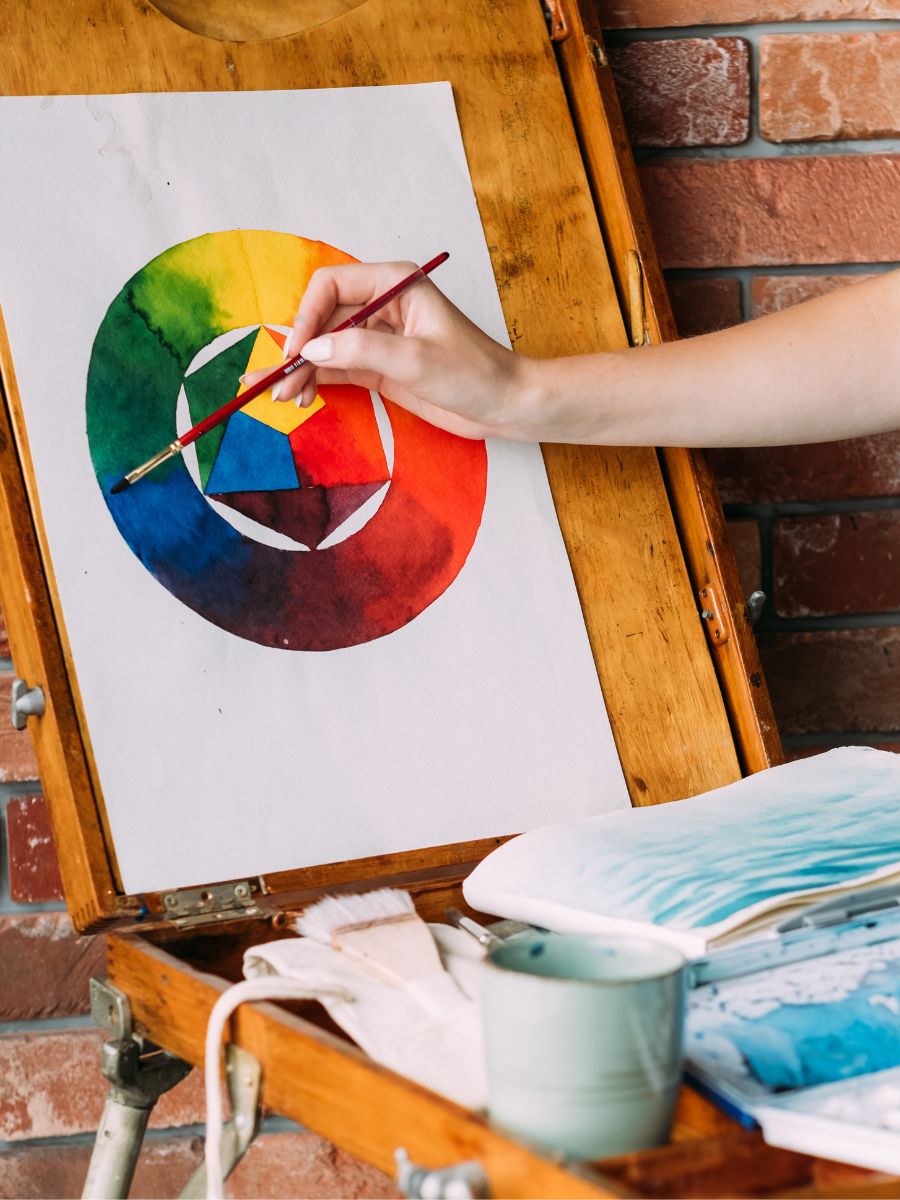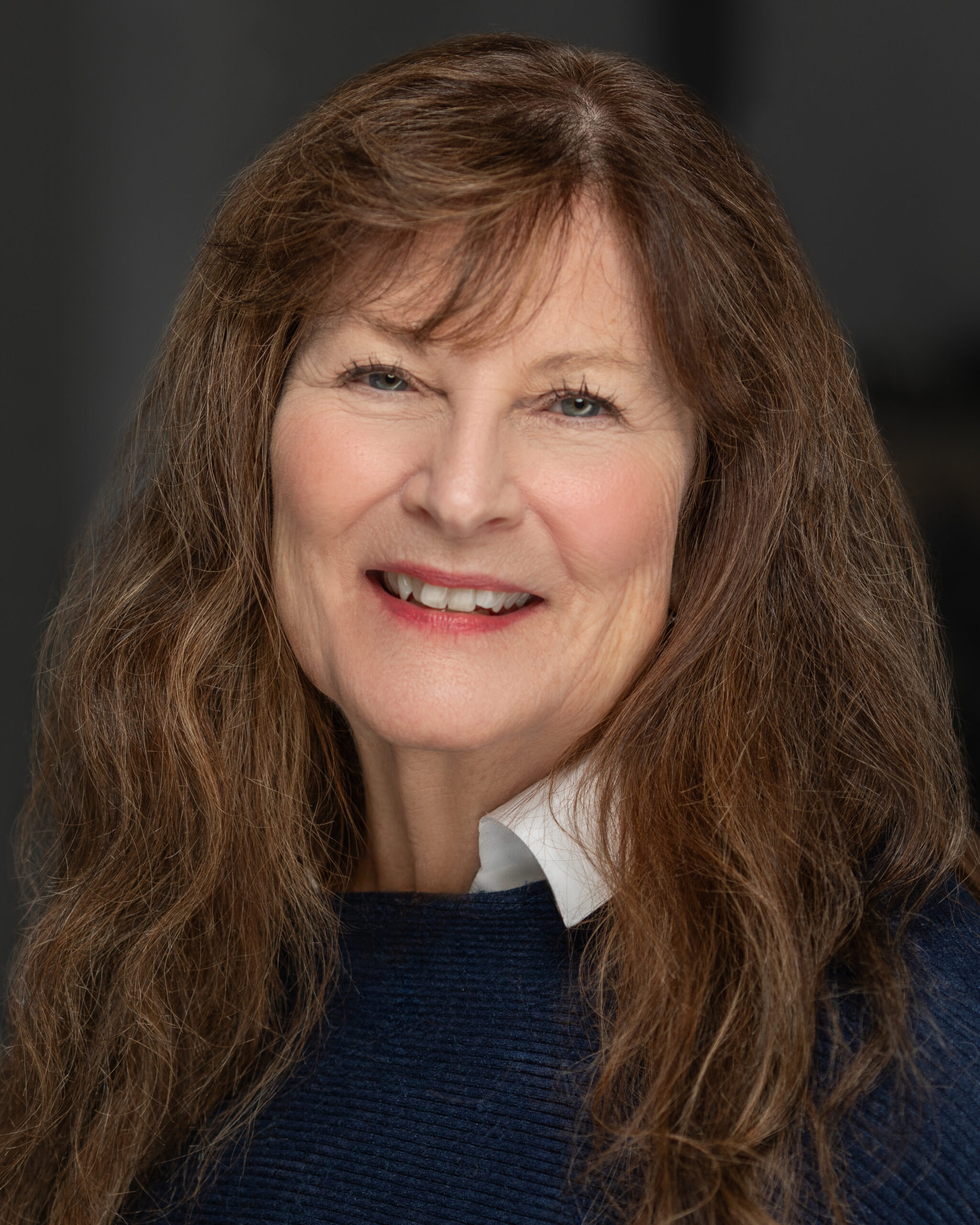The Influence of Colors on Mood and Mental Health

Color has power. It can stimulate, sedate, excite, calm, irritate, bring pleasure or generate feelings of hot or cold. Experiencing the energy of different colors has a sensory effect on us. Our language is full of expressions which use color to represent not only sensory data but also emotional experience. We speak of “feeling blue”, “seeing red”, or “feeling green with envy”. We call a life without emotion “colorless” and we think of the world in black and white as “dull”. When we stand in cathedrals and churches and gaze at the stained-glass windows, we encounter deep spiritual states. Color can transform our environment and increase our productivity. It has been used to enhance social lives and improve our general overall state of health. Color has a magic to it and understanding the energy of color opens up new dimensions to our awareness, becoming a powerful resource for managing our moods.
The Psychology of Color
The psychology of color explores the impact and effects of color on emotions and behavior. Different colors used in different ways can change the energy and the experience of mood. Color exists in the form of oscillating light waves which when viewed through the energy spectrum are broken down into components of white light. The electromagnetic spectrum (how scientists measure cosmic forces as they enter the earth’s atmosphere) begins with gamma rays which oscillate at a particular speed and vibrate at a fixed rate. When the energy vibrations slow down, they become X-rays and then when it slows down more, the energy becomes ultraviolet light. As the energy decelerates more, white light becomes more visible, which further breaks down the colors of the spectrum. As these waves of energy slow even more they become infrared waves, then microwave, radar, FM radio, television, short wave, and finally AM radio waves. Now, you ask why are we getting so technical? Well, all of the above (microwave, radio, radar, etc.) are familiar forms of energy light waves that impact each of us daily and color is no exception. Color has healing properties. Scientific evidence suggests that light of different colors entering the eye can indirectly affect the center of emotions via the hypothalamus and the pituitary. Color is fundamental to life and color vibrations are necessary for growth and development. When we understand the energy of light and color, the full range of the color spectrum, we have a powerful resource for daily life.
Paying attention to the colors that make us feel happy or calm and then incorporating them into your wardrobe, home décor, and/or office makes a difference in your daily experience. For example, institutional green became an issue in hospitals and government buildings as it increased agitation and irritability. Many facilities were repainted with warmer or neutral colors that proved to be calming and soothing. Take a moment to evaluate what colors appeal to you and why. Sometimes colors can indicate blockages in the body. Homeopathic color remedies have been used to counter these blockages. Bedrooms can be painted to promote better sleep; wardrobes can be redone to reflect everything from power and authority to fantasy. Listed below are the primary colors and their mental and emotional qualities as we examine both their positive qualities and diminishing qualities. Keep in mind diminishing qualities come into play when the color is being misused.

Red
The first color of the spectrum speaks of motivation, stimulation, activity, and will. Primal in nature, it brings new life, new beginnings, initiative, persistence, physical strength, friendliness, forgiveness, prosperity, and gratitude. The diminishing aspects of this color are linked to red’s intensity and force which can develop into anger and fiery rage or may be expressed as brutality, resentment, or revolt. So, understanding this, it explains why people don’t paint entire walls red but they might use it for the front door to attract prosperity. If I’m feeling sluggish, I might add a red scarf to my outfit to infuse energy into my day. However, if I am dealing with inflammation in my body, red is the last color I want around me.
Orange
Orange is outgoing but much more constructive than red. This color brings the kiss of life, vitality, good health, confidence, and creativity. Positive attitude, communication, and movement are often positive attributes of this color. The diminishing aspects of this color include an overbearing or overwhelming attitude devolving into flamboyance or exhibitionism. Orange can be used in the wardrobe or in decorating as an accent which keeps it more in the positive aspects of its nature.
Yellow
This is the lightest of all the warm spectrum colors. It brings with it hope and the feeling that everything will be all right. Its most positive vibration responds with knowledge and wisdom. Reason and logic flow from this color along with discernment and decisiveness. A great way to apply yellow energy is to use it in breathing and meditation. Yellow works to strengthen the nervous system and muscles including the heart. The diminishing aspects of the yellow vibration can include deception, controlling behavior, vindictiveness, and flattery.
Green
What an interesting energy the color green creates! Depending on the shade of green, it can irritate or heal. Green’s positive aspects include adaptability, conscientiousness, generosity, and cooperation. Green acts as a signal for the renewal of life and its highest vibration reflects the spirit of evolution. This color is good for balancing and cell restoration and has a direct effect on the heart and lungs. Green is also a good color to use in meditation and breathing exercises. The diminishing aspects of green include poor judgment, overcautiousness, suspicion, jealousy, envy, and selfishness.
Turquoise
Turquoise has a constant energy vibration that does not overpower or intrude. This sparkling color has an open-minded quality with alertness and clarity of expression. Fresh turquoise offers an opportunity for change and as a result transformation at its highest level. However, the diminishing aspects of the color can be immaturity which can manifest in an inability to move forward in life.
Blue
Blue is connected to aspiration, devotion, and trust. It has fluidity and quiet strength and a calming relaxing effect. Blue’s serenity brings with it peace, faith, and healing feelings. These attributes frequently evoke admiration from others. However, the diminishing aspects of blue include becoming complacent and attracting a sense of inertia. This is why this color is not recommended for melancholia and depression.
Purple
This color is a combination of blue and red and reflects dignity, nobility, and self-respect. It is the color of royalty and vibrates the power of integration with oneness. Purple is aligned with psychic energy with vision and intuition. It is the author of destiny. The diminishing aspects of purple include forgetfulness and lack of endurance.

Implementing the Best Color for You
The above description of color is a beginning understanding of the different colors in the light spectrum. Using a basic understanding of color and then looking into individual preferences provides a starting point for using color to enhance and improve your daily life on many levels. The relationship between color and mental health is highly individualized. Our personal experiences, individual preferences, and cultural background play a significant role in how we respond to color. Experimenting with color combinations and paying attention to how they make us feel can help us identify which colors have the most positive effect on our mood and mental well-being. Color can be a great resource for cheering up environments or calming them down. Color can increase our energy levels and add interest to everything around us. By understanding the psychology of color, incorporating color therapy techniques, and surrounding ourselves with colors that resonate with us, we can cultivate a more positive, uplifting, and emotionally balanced life. At the very least, color is another tool to lift our mood and shift our attitude on those days we can use a little boost!

Bethany Keith
